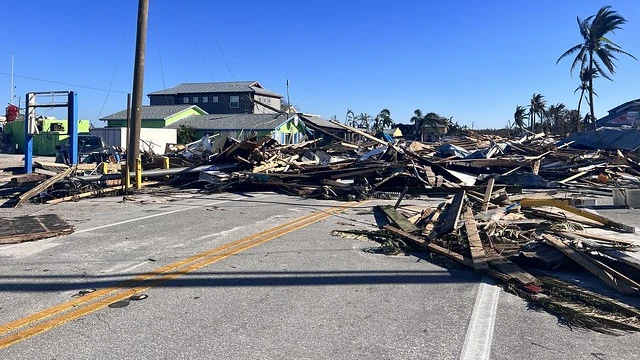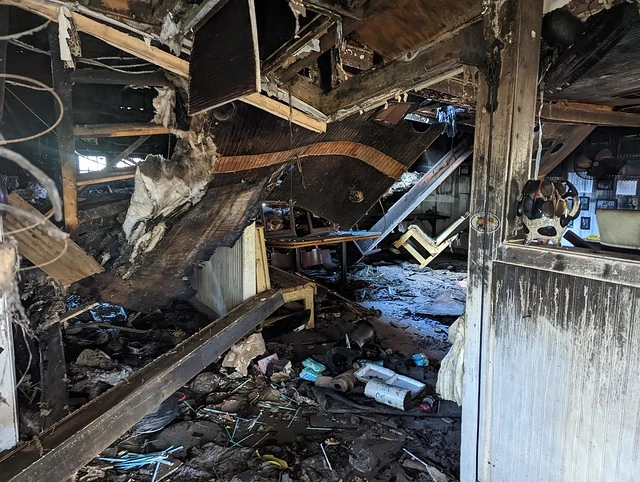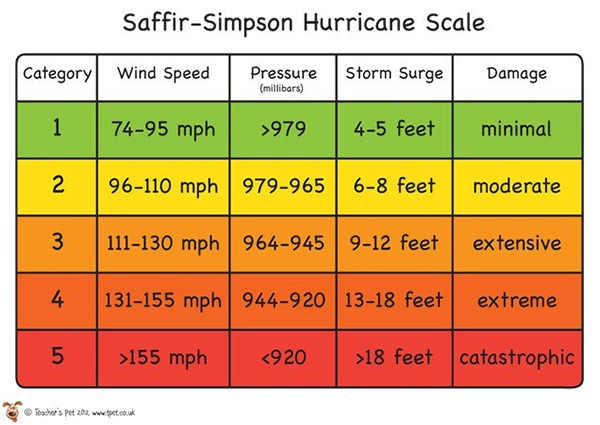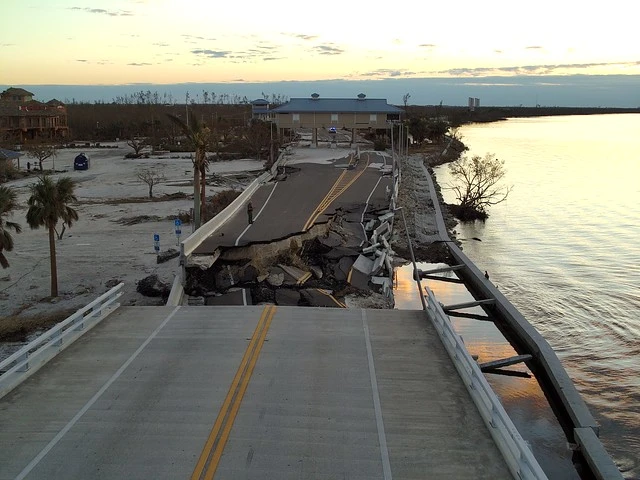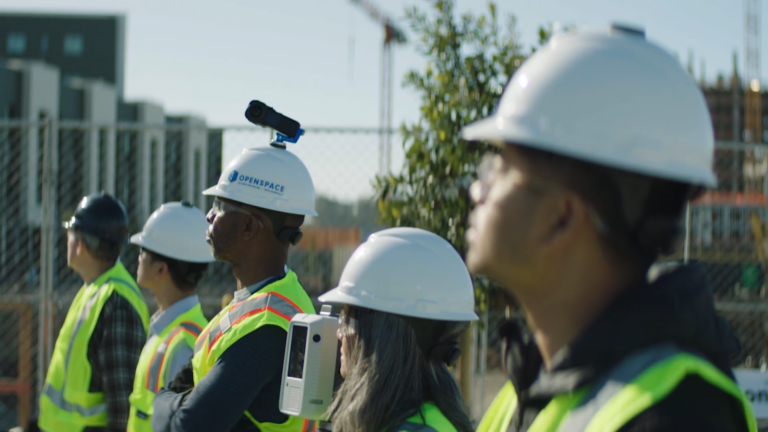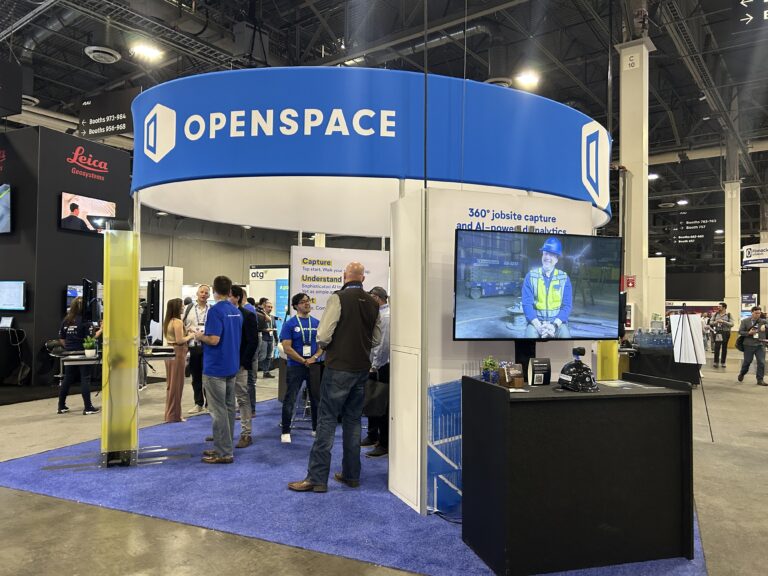All the Feels of Hurricane Ian: A Resilience Story and Resources
April 17, 2023
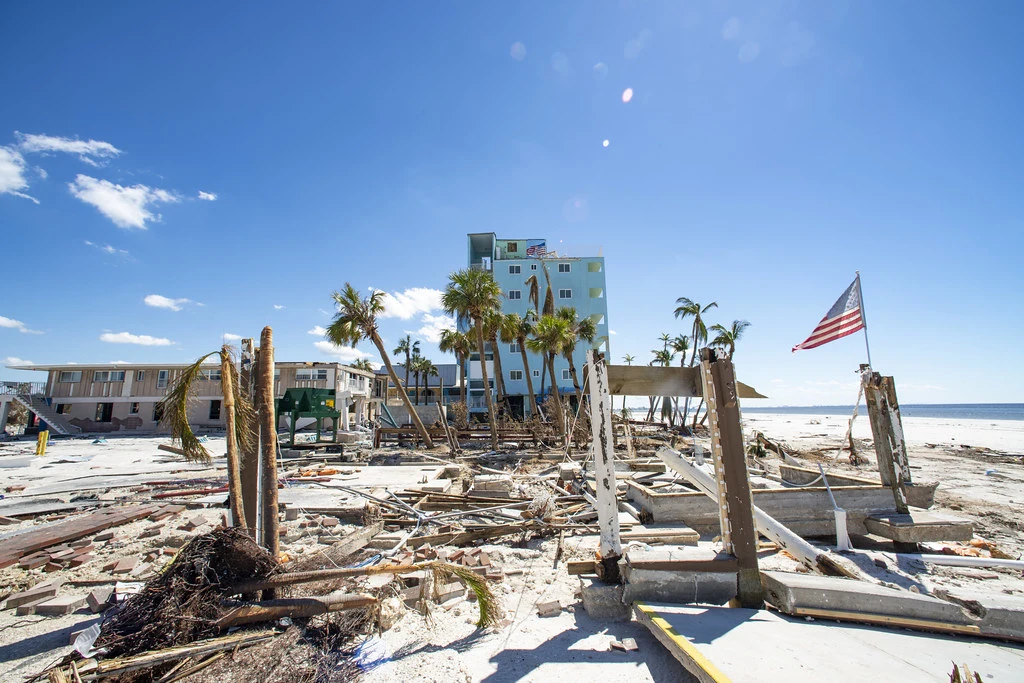
As a native SW Floridian, the word “hurricane” never really fazed me. We locals usually associate the term with a few days off from work, a conversation for the first time with your neighbor that moved in four years ago, and the one thing that Floridians fear more than anything, no AC during the summer for an indeterminate amount of time. Never in a million years did we think Hurricane Ian would be anything out of the ordinary—but we could not have been more wrong.
At least 149 people perished in the storm from flooding and 155-mile-per-hour winds. A devastating storm surge flattened structures in coastal areas, making Ian the third costliest hurricane ever recorded after only Katrina and Harvey.
A terrifying experience
We were all pretty uncertain about the direction the storm would be headed in, but last-minute shifts made for a grim timeline. Our area was ravaged by 150 MPH winds for 12 hours. (For context, we are used to this type of weather only lasting for an hour, maybe two.) My husband, 5-year-old son, and I braved the storm in our home, which was absolutely terrifying. The popping noises of Lord knows what being pulled from the exterior, doors flying open from the insane wind forces, and a little one who was bored out of his mind because the TV went out.
What we were least prepared for were the views of the aftermath of our beautiful hometown, destroyed to complete pieces. Our tourist attraction of Fort Myers Beach flatlined. Weeks and months to come driving through our historic area along the river and seeing piles of every personal belonging from each home at the curb. Your favorite restaurants gone. Videos on social media from friends showing the Hooters completely floating away, you name it.
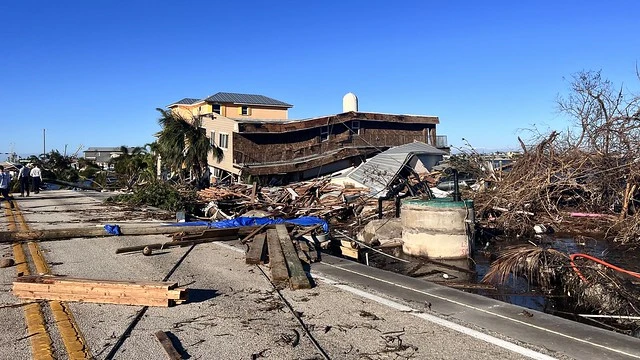
Personal hurricane preparedness tips
With hurricane season quickly approaching (June 1st through November 30th), I thought it would be helpful to share some of my best tips and tricks for preparation, not only for construction sites but also for your own personal homes.
- Prior to hurricane season, ensure your insurance is up to date and in order.
- Prepare a survival kit for you and your family with the proper materials, including:
- One gallon of water per day per person for at least three days.
- A three-day supply (or more) of non-perishable food.
- A battery-powered or hand-crank radio, along with a NOAA weather radio that sends an automatic tone in case of an emergency alert.
- A flashlight and extra batteries.
- A cell phone with chargers and a backup battery.
- Photo document your property and personal belongings prior to the storm. You may need a record for insurance purposes.
- Prepare your property by removing any loose items from the yard and properly covering your windows and doors as needed.
- Have a plan and discuss it with your family. Decide if you are staying or leaving and where you will be headed to if you need to evacuate.
- Collect all of your important documents and belongings. Have them packed together. If you are leaving, bring them with you. If you are staying, be sure to store them in a high and dry location to ensure their safety.
- Have a plan for your beloved pets; you can make a makeshift “lawn” in your garage for them during the storm. If you are leaving, be sure to take into account your plans to accommodate your pets.
- Most of all, do not panic! Remain calm and work together with your community.
General hurricane preparedness
Here are my own recommendations for you to consider for general hurricane preparedness to help minimize potential damage:
- Secure all office equipment, original files, and original drawings in secure plastic for weatherproofing in a secure location.
- Unplug all equipment and take all electronic devices and personal belongings home.
- Move any critical equipment away from windows.
- Have a list of all important contact information, including for internal team members as well as owners, subcontractors, and other key contacts.
- Set a proper out-of-office reply (to company standards).
- Walk your site and surrounding areas, and ensure thorough and proper documentation.
- Secure any loose or easily blown materials.
- Lower crane booms when winds are slated for 50 MPH or more.
- De-energize electrical power to the company source.
- Remove portable toilets, or secure them all together.
- Ensure the jobsite trailer is secure and tied down.
- Properly shut down and protect any equipment.
- Place chain link fencing over dumpsters.
- Secure roofing materials and sheathing or remove entirely from the roof.
Photo documentation best practices for your jobsite prior to a hurricane
Here are some recommendations to consider in conjunction with your company’s routine safety protocols, based on what we have heard from customers:
- Be thorough in your walk through every area. If you need to revisit these images post-storm or for insurance reasons, these will be the most critical pieces of information that you will need.
- Ensure you are paying special attention to any key areas where materials are being stored. You may need to verify quantities later on.
- For a quality capture, ensure there is ample lighting throughout the site and that you are walking at a leisurely pace. Try not to move your head too rapidly.
- In addition to capturing the building interior, do not forget the site walk!
- Make sure to not leave your cameras on the site prior to final shutdown before the storm.
Helpful resources for hurricane preparation
Finally, here are some valuable resources and sites to bookmark that can aid you in making your own preparedness plan:
- National Hurricane Preparedness | National Oceanic and Atmospheric Administration (noaa.gov)
- Preparing for a Hurricane or Tropical Storm (cdc.gov)
- How to Prepare for Fires, Hurricanes and Other Disasters (aarp.org)
- Hurricane Preparedness and Response | Occupational Safety and Health Administration (osha.gov)
- Pet Disaster Preparedness | Resources from the Humane Society of the United States (humanesociety.org)
How OpenSpace reality capture can aid in recovery
We hear about new use cases for OpenSpace reality capture all the time. This innovative technology can provide comprehensive visual documentation of your projects and simplify insurance claims. Here are some compelling examples:
- Discover how Gilbane Building Company utilized OpenSpace in the aftermath of Hurricane Ian.
- Watch how DeAngelis Diamond has used OpenSpace pre- and post-Hurricane Ian on its Margaritaville Resort project to aid in the recovery of millions of dollars in insurance claims and to help get construction moving again in Fort Myers.
- Learn how Power Design, Inc. leverages OpenSpace to mitigate risk, simplify claims, and reduce insurance premiums.
- Download this helpful hurricane preparedness checklist from OpenSpace customer Power Design, Inc. (powerdesigninc.us).
Rebuilding and moving forward
Nothing tests the resilience of a community like a natural disaster, and certainly Florida has its fair share of them. It’s been so heartening to see how the community of Fort Myers has come together, like we always do, to take the next steps and rebuild what we’ve lost. And although the news coverage may have subsided, this work is still very much in the early stages, and we have a long road ahead. I’m grateful to see that OpenSpace technology is proving useful for builders in this context.
Main image credit: The National Guard
Additional images courtesy of Florida Fish & Wildlife
